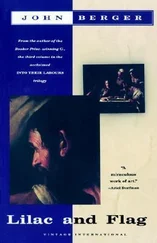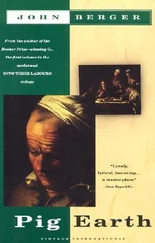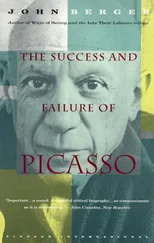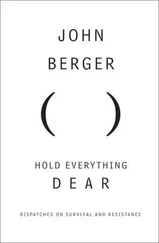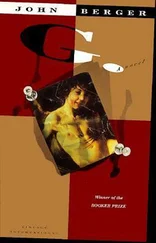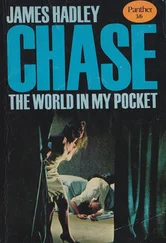like my mother washing the floors every day /
and the day would have a little pearl at its feet.*
Much of Gelman’s poetry has been written in exile during the 1970s and 1980s, and much of it is about the compañeros — including his son and daughter-in-law whom the Junta made disappear. It is a poetry in which the martyred come back to share the pain of those bereaving them. Its time is outside time, in a place where pains meet and dance and those suffering grief make their assignations with their losses. Future and past are excluded there as absurd; there is only the present, only the immense modesty of the present which claims everything ever, except lies.
Often the lines of Gelman’s poems are punctuated by strokes, which somewhat resemble the beat of the tango — the music of Buenos Aires, his city. But the strokes are also silences which refuse entry to any lie. (They are the visible antithesis to censorship which is invariably imposed in order to defend a system of lies.) They are a reminder of what pain discovers and even pain cannot say.
did you hear me / heart? / we’re taking
defeat someplace else /
we’re taking this animal elsewhere
our dead / somewhere else /
let them make no noise / quiet as they can be / not
even the silence of their bones should be heard /
their bones, little blue-eyed animals /
who sit like good children at table /
who touch pain without meaning to /
saving not a word about their bullet wounds /
with a little gold star and a moon in their mouths /
appearing in the mouths of those they loved*
This poetry helps us see something else about Kahlo’s paintings, something that separates them distinctly from Rivera’s, or any of her Mexican contemporaries. Rivera placed his figures in a space which he had mastered and which belonged to the future; he placed them there like monuments: they were painted for the future. And the future (although not the one he imagined) has come and gone and the figures have been left behind alone. In Kahlo’s paintings there was no future, only an immensely modest present which claimed everything and to which the things painted momentarily return whilst we look, things which were already memories before they were painted, memories of the skin.
So we return to the simple act of Frida putting pigment on the smooth surfaces she chose to paint on. Lying in bed or cramped in her chair, a minute brush in her hand, which had a ring on every finger, she remembered what she had touched, what was there when the pain wasn’t. She painted, for example, the feel of polished wood on a parquet floor, the texture of rubber on the tyre of her wheelchair, the fluff of a chick’s feathers, or the crystalline surface of a stone, like nobody else. And this discreet capacity — for it was very discreet — came from what I have called the sense of double touch: the consequence of imagining she was painting her own skin.
There’s a self-portrait (1943) where she lies on a rocky landscape and a plant grows out of her body, her veins joining with the veins of its leaves. Behind her, flattish rocks extend to the horizon, a little like the waves of a petrified sea. Yet what the rocks are exactly like is what she would have felt on the skin of her back and legs if she had been lying on those rocks. Frida Kahlo lay cheek to cheek with everything she depicted.
That she became a world legend is in part due to the fact that in the dark age in which we are living under the new world order, the sharing of pain is one of the essential preconditions for a refinding of dignity and hope. Much pain is unshareable. But the will to share pain is shareable. And from that inevitably inadequate sharing comes a resistance.
Listen again to Gelman:
hope fails us often
grief, never.
that’s why some think
that known grief is better
than unknown grief.
they believe that hope is illusion.
they are deluded by grief.*
Kahlo was not deluded. Across her last painting, just before she died, she wrote Viva La Vida.
* From ‘Cherries (to Elizabeth)’. Juan Gelman, Unthinkable Tenderness , translated from the Spanish by Joan Lindgren (University of California Press, 1997).
* From ‘Somewhere Else’, Juan Gelman, ibid.
* From ‘The Deluded’, Juan Gelman, ibid.
18 A Bed (for Christoph Hänsli)
On the hotel bed there is no body, nor on the bed beside it. In the English language the situation can be condensed into one word: no body becomes nobody. One cannot ask: Who is nobody? Or maybe one can ask (as the water pipes in the next room gurgle) but no answer will come.
Nobody is nobody and both beds are empty. There is not even a crease, a trace. There is nobody.
Nobody is your beloved or mine, and nobody is every couple who once occupied this room. Over the years they add up to thousands. They lay sleepless. They made love. They sprawled over the two beds pulled together. They pressed tight against one another in one twin bed. They went home next day or they never met again. They made money or lost it. They betrayed one another. They saved each other.
Nobody is here and the beds in all their anonymity are empty. Or I might say: full of absence, but this suggests a sentimentality, a regret, which your paintings do not allow.
Yet simply because we have lived, we cannot forget as we stand in front of your canvases — and they are life-size — we cannot forget, and you do not want us to forget, what beds promise. Beds promise more than any other man-made object. They promise like nature does when benign. Perhaps this is why beds are so hard to paint? Even in this one-star hotel with cheap synthetic sheets the beds promise like nature does.
The range of their promise is huge, from the modest to the voluptuous, from the timid to the ecstatic, from a pain’s small relief to the great pain of happiness, from a little rest to death.
No wonder that in hotel wardrobes there’s often a card to hang on the door handle, which says: DO NOT DISTURB.
And no wonder, Christoph, that you paint, whilst not changing anything, whilst following the example of Velazquez, that you paint these bedroom walls, papered or painted, as if they were infinite. Infinite like the sky or the sea? No. Not at all. Infinite like promise. Even a bed’s smallest promise partakes of infinity … Sleep.
Sleep. You are awake and painting, but we, lulled and half asleep, whisper unaccountably and recklessly to the absence: Come, my heart, I’m here, and we whisper this to nobody.
One of your canvases is about such a whisper. It’s of an unmade bed and a crumpled duvet. The infinite wall is behind. For centuries painted sheets and draperies have featured in European art. Danaë reclines upon them. The body of the dead Christ is laid out on them. They receive the marvellous body and are moulded by it. But here there are only the traces, only an absence.
I was here. And now I too have left. There is nobody.
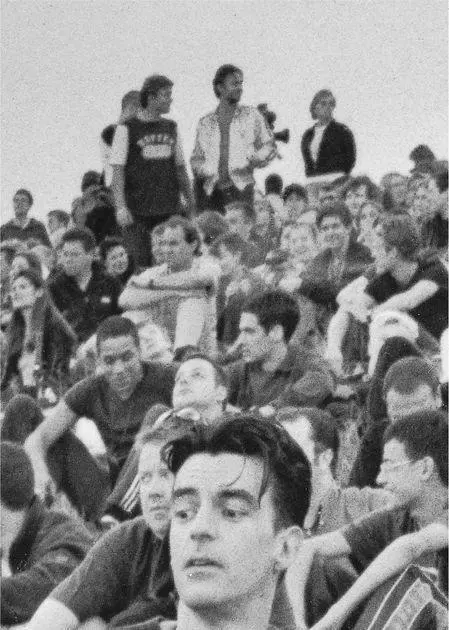
19 A Man with Tousled Hair
During that winter walking around the centre of Paris I couldn’t stop thinking about a portrait. It’s of an unknown man and was painted some time in the early 20s of the nineteenth century. The portrait was the image on the posters, at every street corner, announcing a large Géricault exhibition at the Grand Palais.
The painting in question was discovered in an attic in Germany, along with four other similar canvases, forty years after Géricault’s early death. Soon afterwards it was offered to the Louvre who refused it. Imagined in the context of the denunciation and drama of the Raft of the Medusa , which had already been hanging in the museum for forty years, the offered portrait would at that time have had a nondescript air. Yet now it has been chosen to represent the same painter’s entire oeuvre. What changed? Why has this frail portrait become today so eloquent, or, more precisely, so haunting?
Читать дальше


